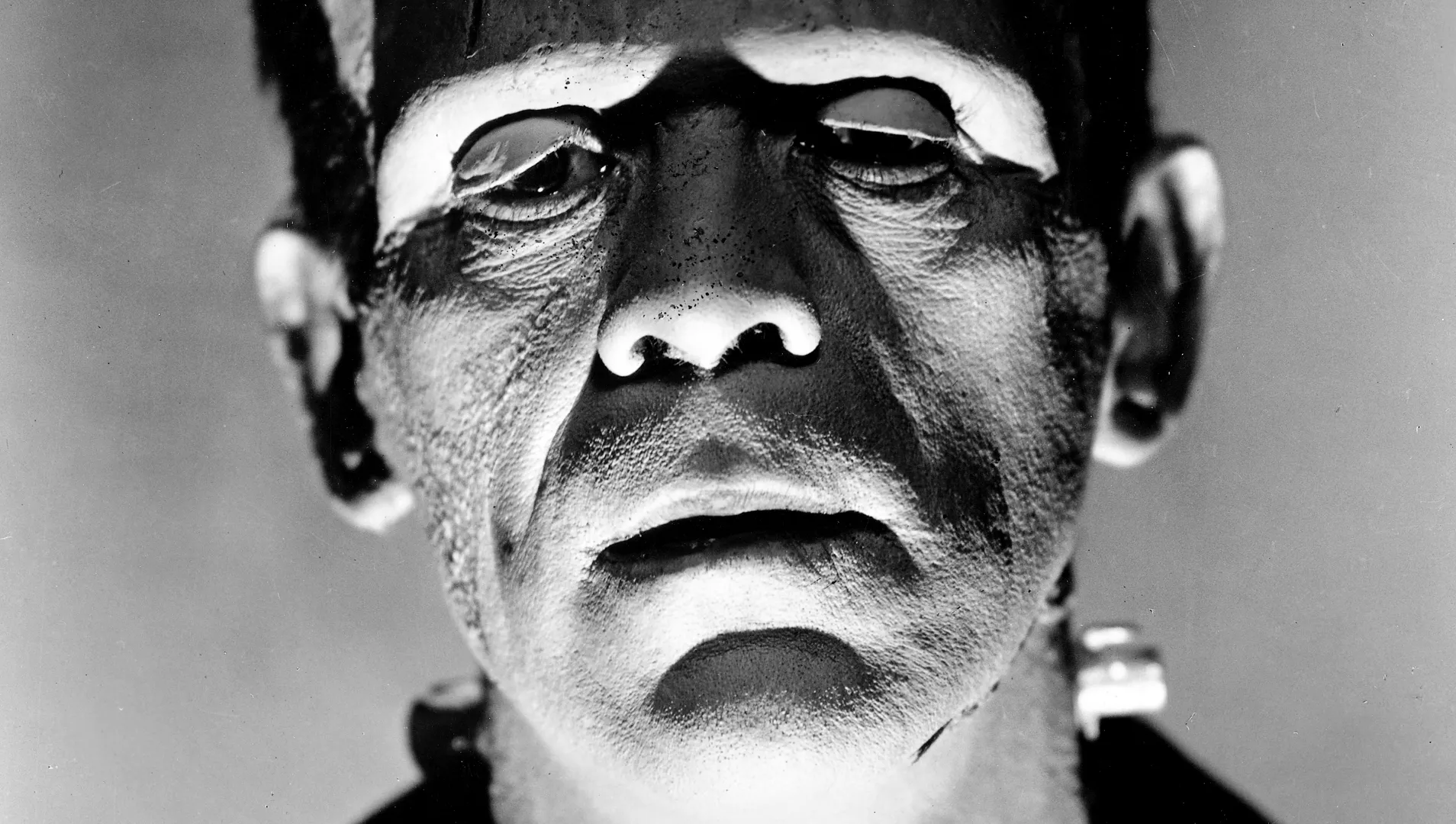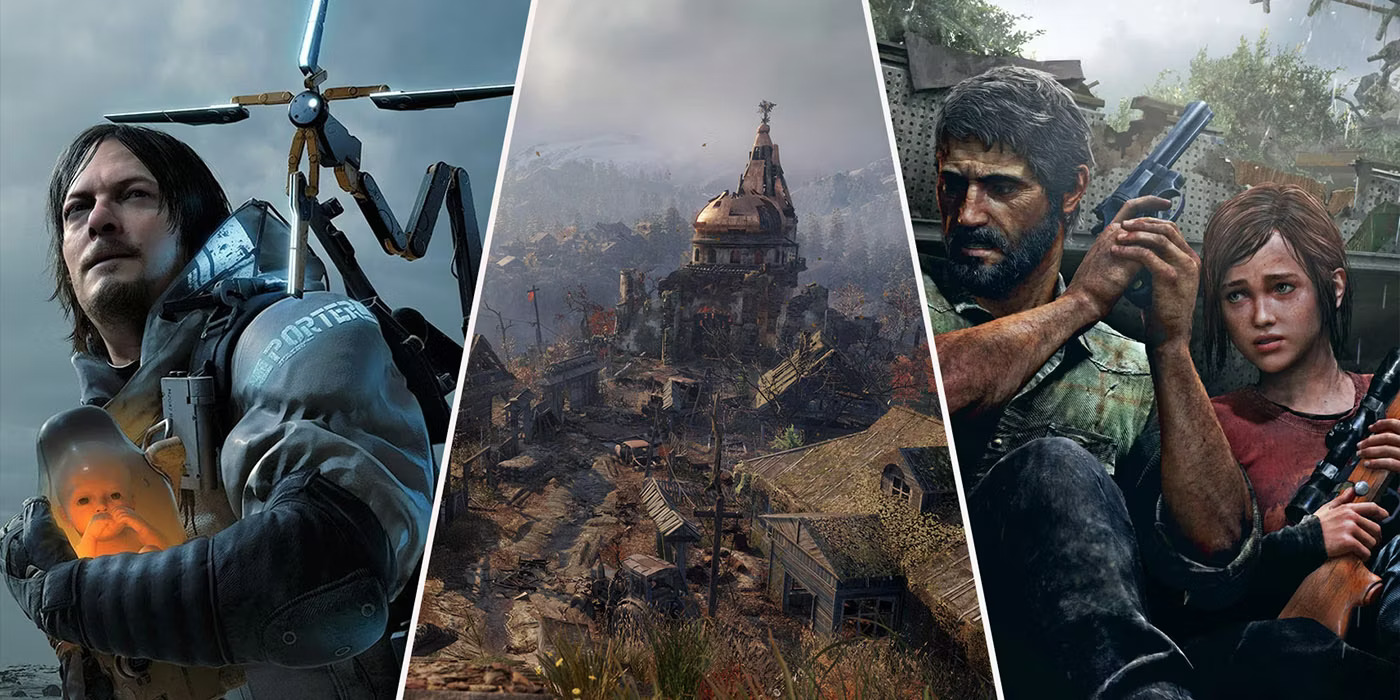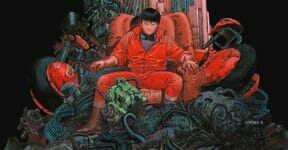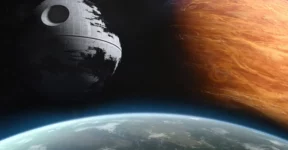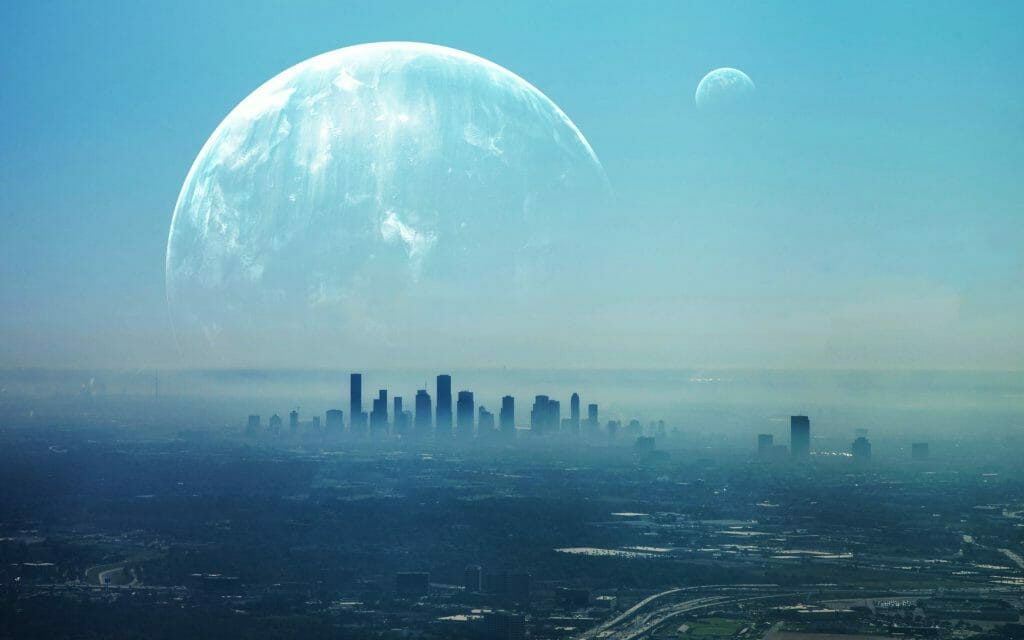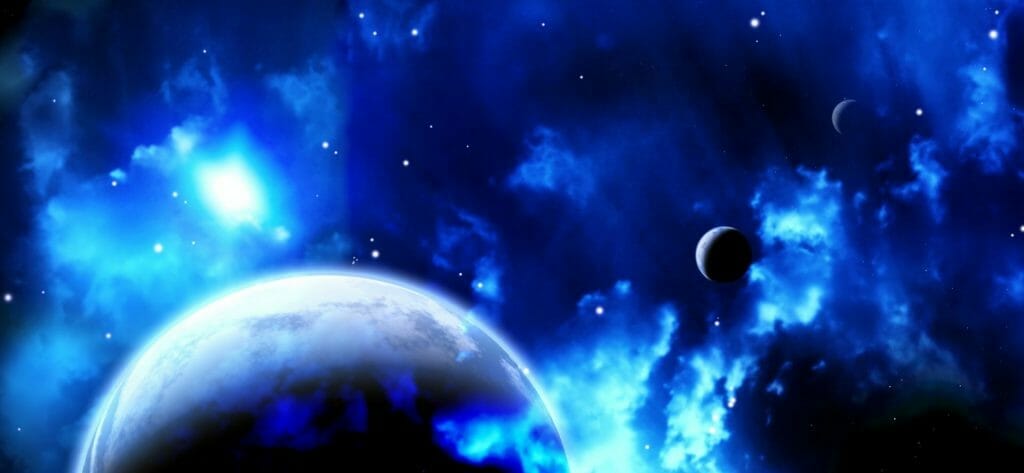Sci-fi likes to talk about big ideas, far-fetched inventions, meaningful questions about life, and endless possibilities. It’s a genre where you have almost free rein to explore the unknown. The horror genre is primarily intended to induce scare, fear, disgust, and terror in the audience; it may achieve the purpose through various means – and one of those means also is the unknown. And that’s why science fiction and horror are the perfect match for each other, aimed at delivering both wonder and terror in one go. The first true intersection of science fiction and horror took place about 200 years ago, notably with Mary Shelley’s 1818 gothic novel, Frankenstein; or, The Modern Prometheus.
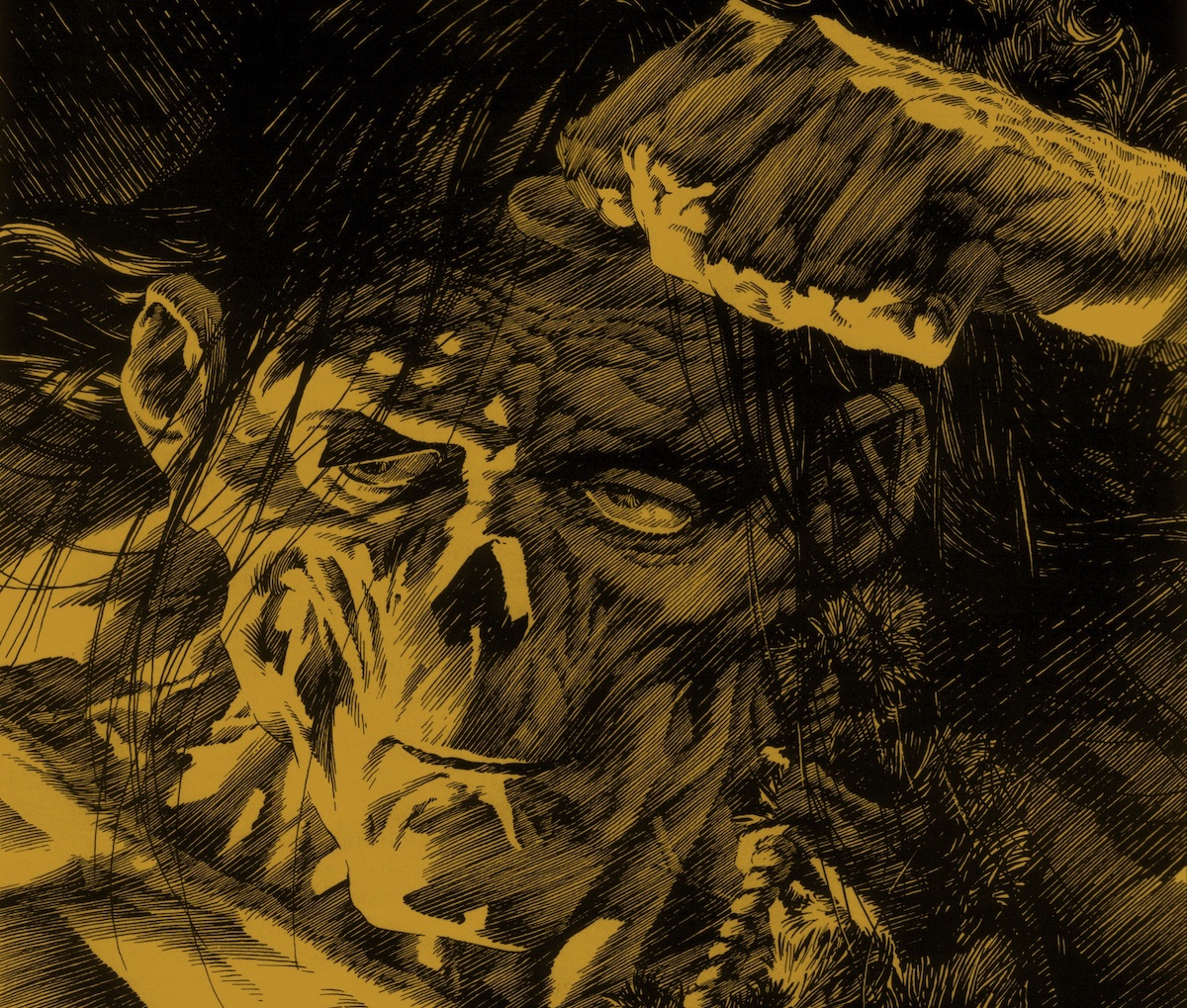
Gothic literature itself – and by extension the modern horror genre – was a reaction to the Age of Enlightenment, a philosophical and intellectual movement during the 17th and 18th centuries in Europe to put emphasis on rationality and logic over superstitions and magic. It extended the Scientific Revolution that began sometime around the mid-16th century. The movement campaigned against outdated baseless beliefs and brought forward the idea that you could answer all of life’s grand questions through observations, reasons, and experimentation.
If gothic literature was a blatant response to the movement because it yearned to maintain superstitions as part of human imagination, science fiction came into existence to bridge the gap between them. Sci-fi was there to step into the uncharted territory of science, with its speculative nature. By blending real sciences with fiction, the result could be as terror-inducing as gothic stories all the same. It turned out that science fiction might lead to the unknown – it was possible to create tales about monsters, ghosts, unexplained mysteries, and terrifying creatures without superstitions, anyway. Using science as the backdrop made the narratives more believable and closer to actual plausibility, too. The new approach eventually led to the birth of science fiction and horror as a single mixed genre.
Mary Shelley’s Frankenstein, which is widely considered not only the first science fiction novel but also the first to blend elements of horror into its narrative, brings us back to the subject.
Mind you, that Frankenstein still is a gothic literature, released at the turn of the 19th century. Frankenstein is an outright dark tale of revenge, violence, and death at the hands of an unnamed monster created by Victor Frankenstein using dead body parts and electricity; so that’s your science fiction right there. Once the job is done, he comes to realize that the very existence of the monster could only raise many ethical questions regarding his experiment. The mad scientist abandons his monster. Facing abandonment and rejection from the society, the monster harbors hatred toward humanity and is hell-bent on killing Frankenstein. While the monster isn’t exactly the scariest abomination ever, that scientific-experiment-gone-wrong opens the door to a terrifying story is still used today as the foundation of many sci-fi horror narratives. The “mad scientist” trope lives on.
Mary Shelly’s The Last Man (1826) is another major milestone in sci-fi horror history. It’s not about a monster of any kind, but it delivers an unmistakable intersection between science fiction and horror in its apocalyptic setting. The novel tells the story of a world ravaged by bubonic plague, sending humanity to near extinction. Although there’s no killer monster involved, the idea of a pandemic leading to an eventual dystopian society also still accounts for a significant portion of today’s sci-fi horror.
H. G. Wells’ The Island of Doctor Moreau (1896) and The Invisible Man (1897) use the same mad scientist trope to strengthen the blend of sci-fi horror in the literary world. In the former, Dr. Moreau creates human-animal hybrids via surgical operation, which isn’t entirely different from how Frankenstein builds his monster; the latter tells the tale of Griffin, a scientist who makes himself invisible. Well’s most popular novel, The War of the Worlds (originally serialized from 1895 to 1897) takes science fiction and horror to the next level by giving one of the earliest stories about a conflict between humans and extraterrestrial species.
We think the key element for sci-fi horror has always been the same since centuries ago: providing scientific plausibility to what’s commonly considered supernatural. For instance, the apparition of a monster in the middle of the jungle might be supernatural, but if the monster is said to be an alien or Frankenstein-style creature created in a scientist’ basement somewhere, the supernatural element suddenly ceases to exist in the story. This basic centuries-old formula is still employed today by modern authors and filmmakers alike, without too many notable changes. Even zombies are possibly categorized under sci-fi, if there’s scientific background behind their existence. AI is perhaps the latest addition to the subgenre, but you can also say that evil artificial intelligence is a product of a scientific experiment gone horribly wrong.
What do you think is the best film adaptation of Frankenstein? Are you familiar with the Cthulhu mythos? We’d love to hear from you
Other Things You Might Want to Know:
Scary movies about artificial intelligence you should watch (again):
- Metropolis (1927)
- 2001: A Space Odyssey (1968)
- Colossus: The Forbin Project (1970)
- Westworld (1973)
- The Stepford Wives (1975)
- Demon Seed (1977)
- WarGames (1983)
- Virus (1999)
According to Rolling Stone magazine, here are some of the greatest sci-fi movies of all time:
- 2001: A Space Odyssey (1968)
- Stalker (1979)
- Close Encounters of the Third Kind (1977)
- Blade Runner (1982)
- Alien (1979)
- Under the Skin (2013)
- Children of Men (2006)
- Metropolis (1927)
- Star Wars (1977)
- The Matrix (1999)
How many novels did H. P. Lovecraft write?
According to his bibliography on Wikipedia, H. P. Lovecraft only wrote one novel throughout his life: The Case of Charles Dexter Ward, published posthumously in 1943.
Check out other articles by month:

